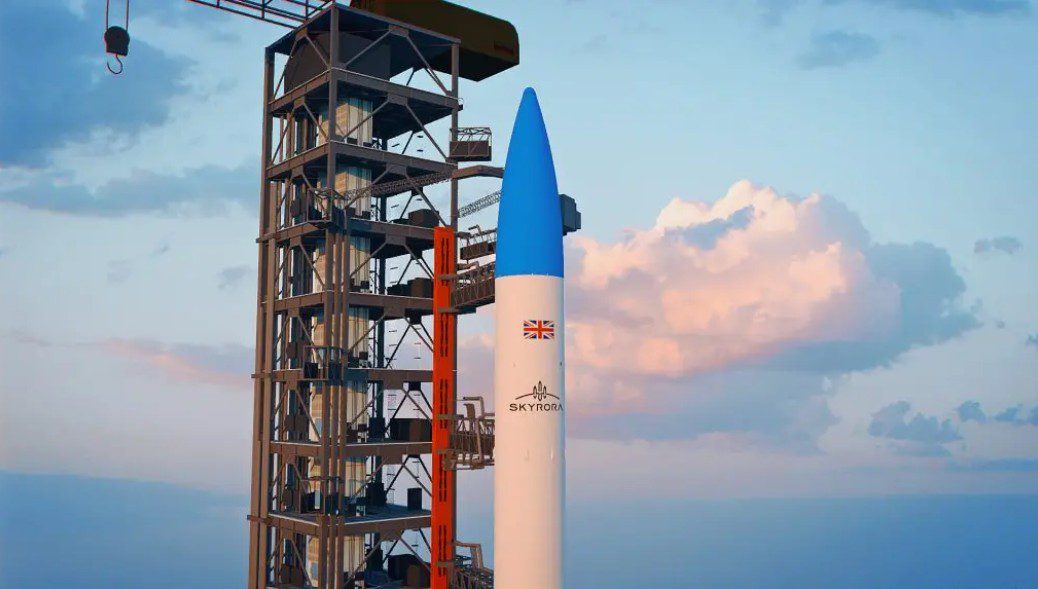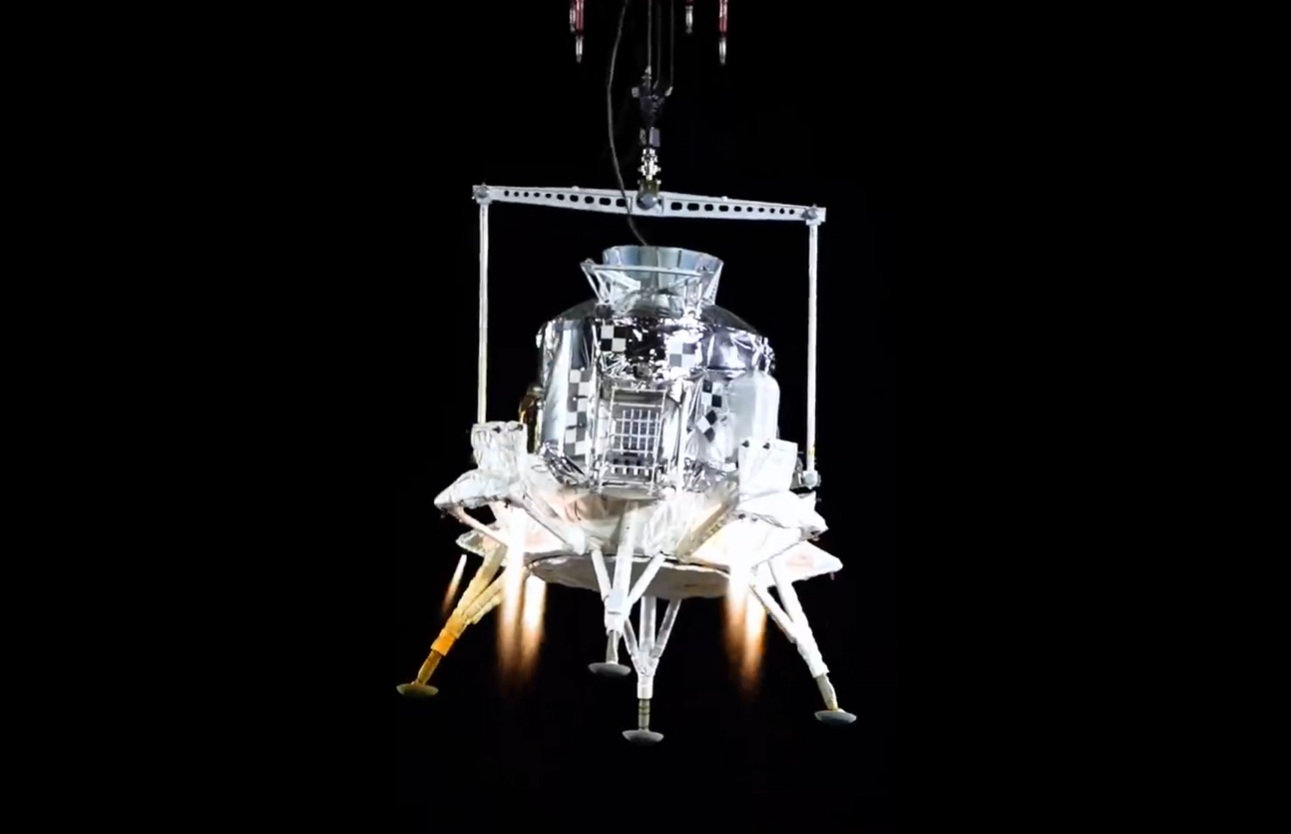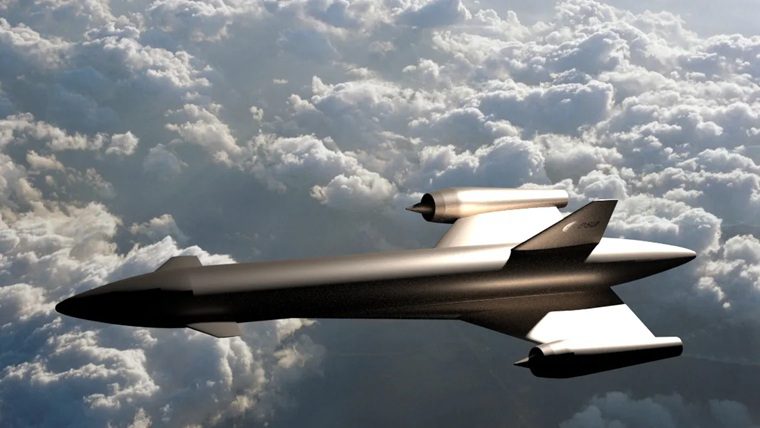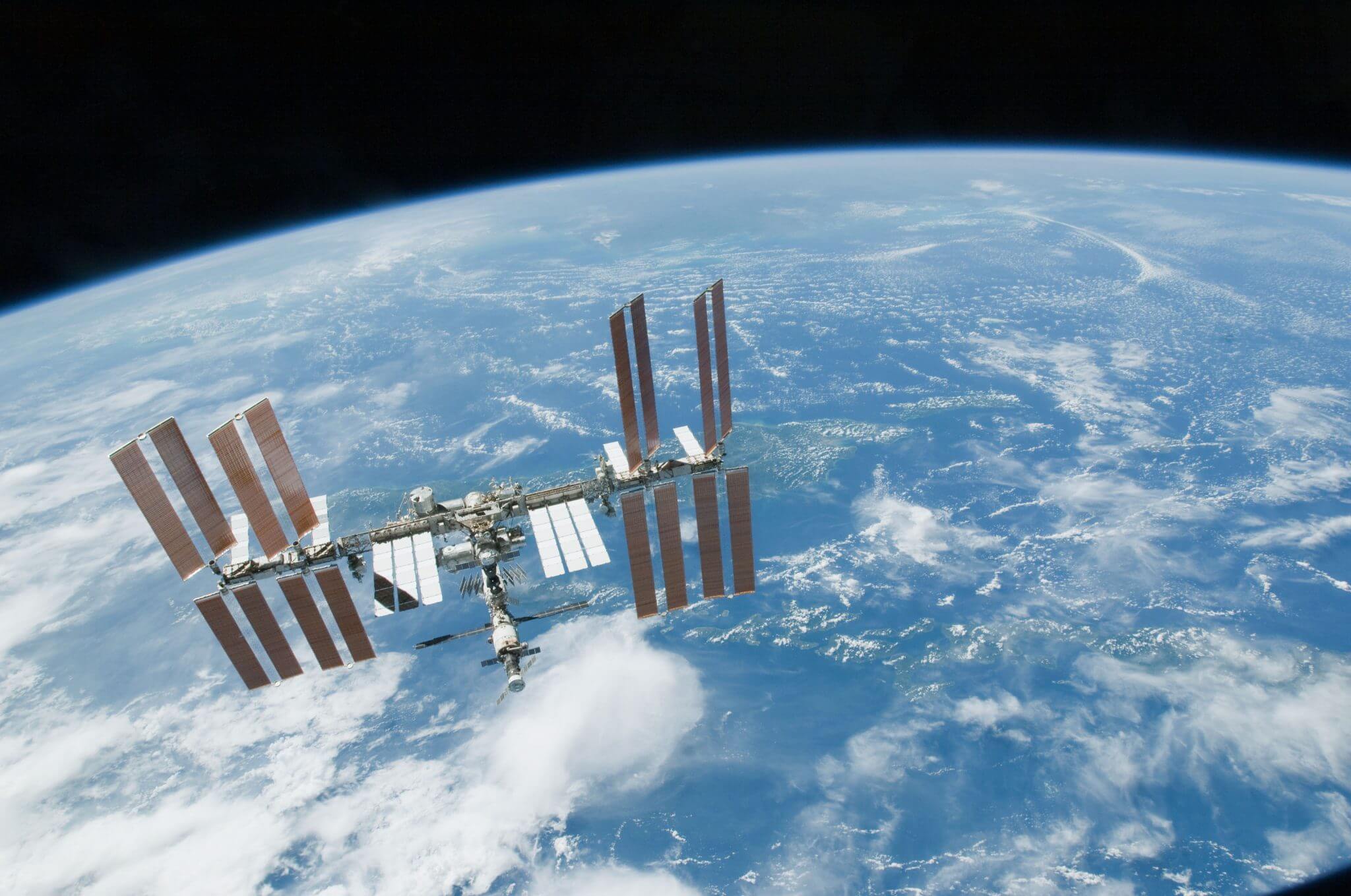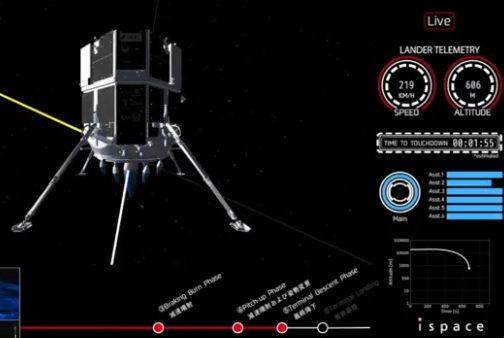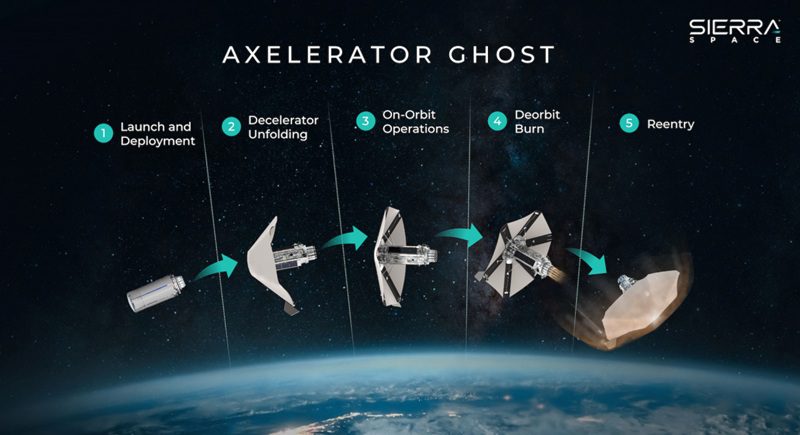The Commercial Spaceflight Federation, whichly recently re-branded from Personal Spaceflight Federation, has released the statement you’ll find in the extended portion of this blog post and placed this white paper on its website
In an email to journalists CSF executive director John Gedmark says, “Please see attached for an announcement from members of the Commercial Spaceflight Federation concerning our submission to the White House Review of U.S. Human Space Flight Plans Committee (also known as the Augustine Committee).
The central recommendation of the White Paper, entitled “Commercial Spaceflight in Low Earth Orbit is the Key to Affordable and Sustainable Exploration Beyond”, is that NASA should invest in commercial human spaceflight capabilities to the International Space Station. Without leveraging the resources of the private sector, NASA will simply not be able to afford to meet the twin goals of (a) fully utilizing the Space Station, potentially through 2020, and (b) conducting sustainable exploration beyond Low
Earth Orbit.
We believe this program should be modeled on the success of NASA’s existing Commercial Orbital Transportation Services (COTS) program, which is enabling the development of commercial capabilities to deliver cargo to the International Space Station, based on the principles of fixed-price, milestone-based, competitive awards.”
Go through to the extended portion of this blog pot to rea the CSF’s press release
Members of Commercial Spaceflight Federation Provide Policy Input to White House Panel on Human Spaceflight
Washington, DC – Monday, June 29, 2009 – Enabling the development of commercial crew and cargo transportation to the International Space Station is the central recommendation of a policy paper submitted by members of the Commercial Spaceflight Federation to the Review of U.S. Human Space Flight Plans Committee, also known as the Augustine Committee
“In less than 18 months, when the space shuttle is planned for retirement, the United States will become solely dependent on Russia to send our astronauts to the Space Station,” said Bretton Alexander, president of the Commercial Spaceflight Federation. “By leveraging the private sector, America can maximize our utilization of the Space Station and ensure that NASA has more resources available for robust exploration of the Moon and beyond.”
Titled “Commercial Spaceflight in Low Earth Orbit is the Key to Affordable and Sustainable
Exploration Beyond,” the policy paper makes the following major points:
The key to full utilization of the Space Station and sustainable exploration beyond low
Earth orbit (LEO) is to turn LEO over to the private sector, thereby allowing NASA to
focus its resources and expertise on exploration of the Moon and beyond.
By making a series of careful, targeted investments, NASA can affordably and quickly
enable the development of commercial spaceflight capabilities for both people and cargo
to the International Space Station.
To do so, NASA should create a Commercial Crew Program based on NASA’s existing
Commercial Orbital Transportation Services (COTS) program for cargo to the Station.
To maximize benefits to NASA and the taxpayer, NASA should fund multiple fixedprice,
milestone-based Space Act Agreements for development of commercial crew
capabilities, leveraging capital from the private sector.
Regardless of the exploration architecture chosen, government and commercial
spaceflight are not a “zero-sum game” – they are complementary, not competitive.
The white paper, available to the public at www.commercialspaceflight.org, was delivered to the Augustine Committee on behalf of the following member companies of the Commercial
Spaceflight Federation.


